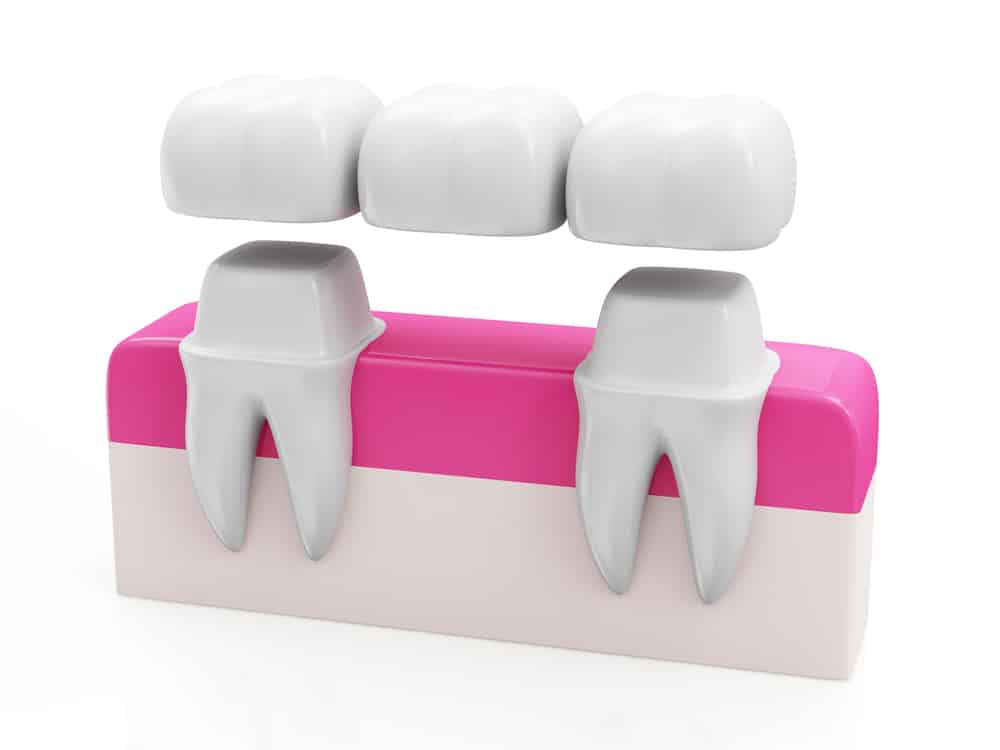Dental Bridge Your Way to a Better Smile
Posted August 27, 2015 by Wager-Evans Dental


Why Bridges Are Great Restorative Options
Unlike partial dentures, which are generally held in place by the contouring of your mouth or adhesives, a dental bridge is secured onto your remaining teeth through the use of crowns. The bridge does as its name implies, and bridges the gap that was created when your tooth fell out, helping to replace that missing tooth and restore the function of your smile, as well. (Bridges can be used in conjunction with dentures, however, to stabilize them, particularly when several teeth in a row are missing.)
Dental bridges distinguish themselves from other restorative treatments by being more affordable than dental implants, which involve surgically placing titanium posts into the jawline, but much more stable than unsupported dentures. This makes them a great choice for many patients!
If you’ve delayed restorative treatment after tooth loss, or are just unhappy with your current prosthetics, your dentist can help you determine which restorative option will best fit your desires for your smile as well as your budget.
 Phone:
Phone: 






